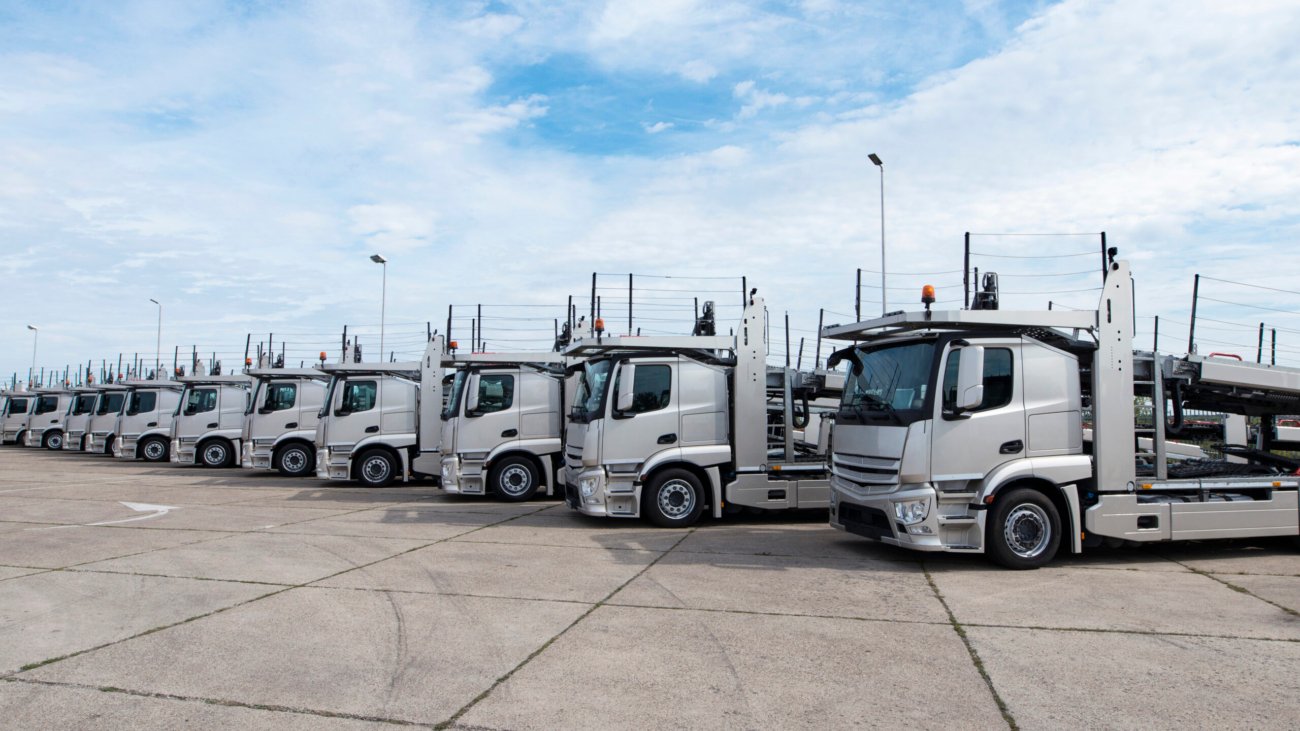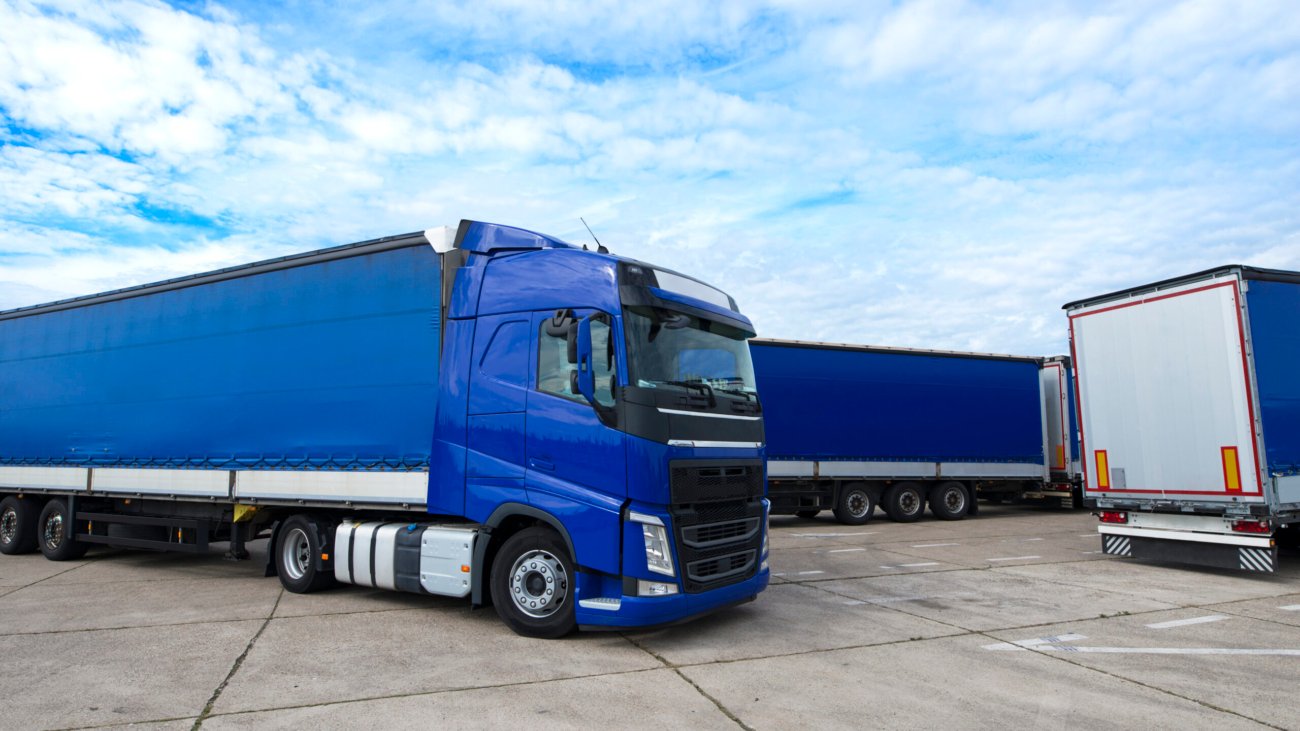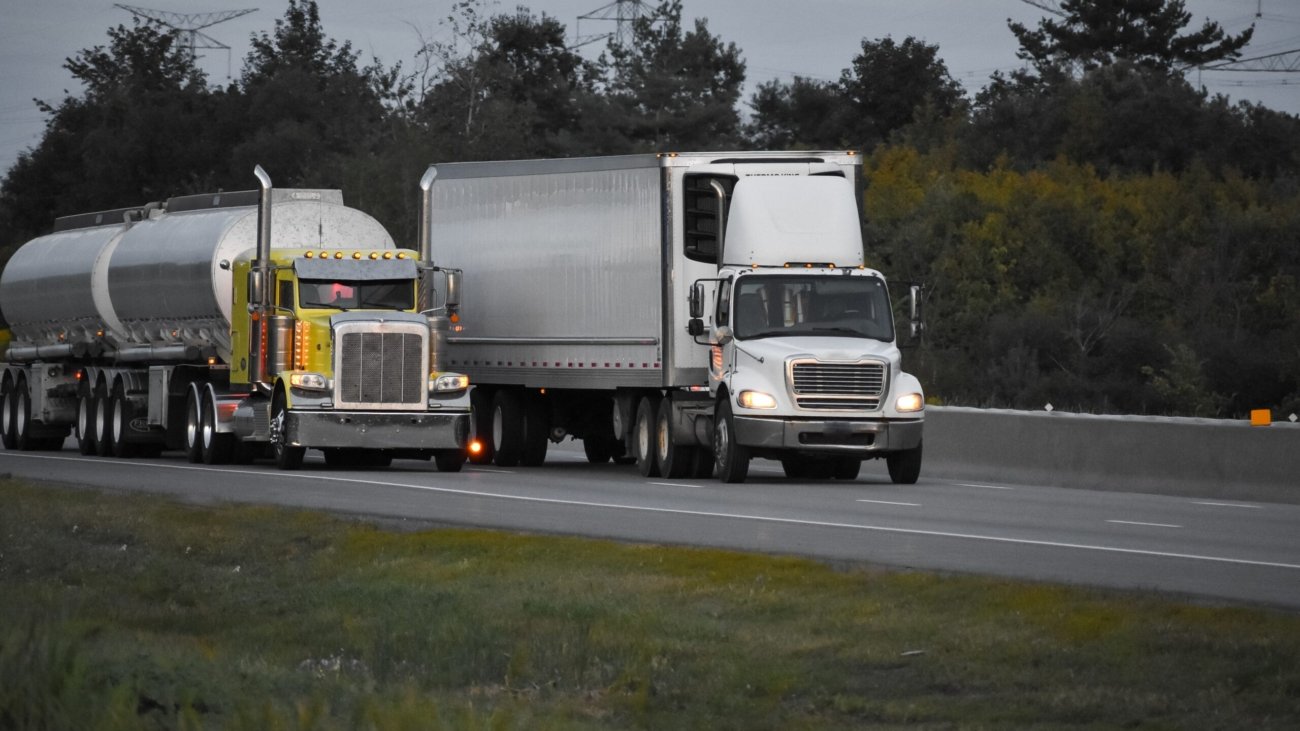Starting a trucking business in 2025 can be an exciting and lucrative venture, especially given the continually growing demand for freight transportation. However, launching a trucking company requires careful planning, research, and execution. In this guide, we will outline the essential steps you need to take to establish and grow a successful trucking business in today’s competitive market.
1. Research the Industry
Understanding the Market
Before launching your trucking business, it’s crucial to undertake thorough market research. Understand the key trends impacting the trucking industry, including regulations, technological advancements, and consumer preferences. Explore various sectors you can cater to, such as long-haul shipping, local deliveries, refrigerated transport, or specialized freight.
Analyzing Competitors
Examine the competition in your area. Identify their strengths and weaknesses, pricing strategies, and service offerings. This information will help you carve out a niche for your business and position yourself effectively.
2. Create a Business Plan
Essential Components
A well-structured business plan is vital for any startup. It should include:
- Executive Summary: A brief overview of your business idea.
- Market Analysis: Insights into the industry, target market, and competition.
- Operational Plan: Details about equipment, technology needs, and the logistics of running your business.
- Financial Projections: Estimated startup costs, ongoing expenses, and revenue forecasts.
Setting Goals
In your business plan, set short- and long-term goals. This will help you stay focused and measure your progress over time. Consider SMART (Specific, Measurable, Achievable, Relevant, Time-bound) criteria for goal setting.
3. Choose Your Business Structure
Different Options
Decide on the legal structure of your trucking business. Options include:
- Sole Proprietorship: Simple to set up, but exposes you to personal liability.
- Limited Liability Company (LLC): Offers liability protection and a more formal structure.
- Corporation: More complex but beneficial for larger operations.
Registering Your Business
Once you’ve chosen a structure, register your business name and apply for the necessary licenses and permits, such as a DOT number, MC number, and other local requirements.
4. Secure Financing
Understanding Costs
Starting a trucking business involves substantial costs, including purchasing or leasing trucks, insurance, fuel, maintenance, licensing, and payroll.
Funding Options
Explore various financing options, such as:
- Personal Savings: Your own funds can provide a solid foundation.
- Loans: Financial institutions may offer loans designed for small businesses.
- Investors: Attract investors who are willing to contribute capital in exchange for equity.
5. Acquire the Right Equipment
Choosing Your Fleet
The type of equipment you need depends on the services you plan to offer. Considerations include:
- Trucks: Determine whether to buy or lease. Select trucks that offer reliability, fuel efficiency, and comfort for drivers.
- Trailers: Depending on your specialization, you may need flatbeds, refrigerated trailers, or dry vans.
Maintenance and Management
Implement a maintenance schedule to keep your fleet in top condition. Regular inspections and timely repairs will help you avoid costly breakdowns.
6. Obtain Insurance
Types of Coverage
Protect your business by obtaining comprehensive insurance coverage, which may include:
- Liability Insurance: Covers damages to third parties in case of accidents.
- Cargo Insurance: Protects shipments against damage or loss.
- Physical Damage Insurance: Covers your trucks and trailers in case of accidents, theft, or vandalism.
Legal Requirements
Consult with an insurance agent who specializes in the trucking industry to ensure you meet all legal insurance requirements.
7. Hire Qualified Drivers
Recruitment Strategies
Recruiting quality drivers is essential for success. Look for candidates with:
- Valid CDL (Commercial Driver’s License)
- Experience in your chosen niche
Training and Retention
Invest in training programs to ensure drivers understand safety protocols and regulations. Focus on creating a positive work environment to retain your talent; this is key to reducing turnover in an industry often burdened by high attrition rates.
8. Develop a Marketing Strategy
Building Your Brand
To attract clients, develop a strong brand presence. Create a memorable business name and logo that reflects your services.
Online and Offline Marketing
Utilize both online and offline marketing strategies, including:
- Website: Develop a professional website that showcases your services, pricing, and contact information.
- Social Media: Engage with potential clients on platforms like LinkedIn, Facebook, and Instagram.
- Networking: Attend industry events and form partnerships with business owners who can refer clients.
9. Implement Technology Solutions
Essential Tech Tools
Adopting technology can streamline your operations and boost efficiency. Consider investing in:
- Fleet Management Software: Helps monitor your fleet’s performance, maintenance, and routes.
- Load Boards: Simplifies finding and booking loads.
- Accounting Software: Simplifies the financial side of your business, including invoicing and expense tracking.
Embracing Innovations
Stay attuned to the latest trucking technologies, such as telematics, electronic logging devices (ELDs), and route optimization tools, to enhance your operational efficiency.
10. Focus on Compliance and Safety
Understanding Regulations
Stay informed about federal and state regulations governing the trucking industry. Compliance is critical to avoid fines and legal issues.
Safety Protocols
Establish rigorous safety protocols for drivers and vehicles. Regular training sessions and safety meetings can help promote a culture of safety within your organization.
Keeping Up with Industry Changes
In 2025 and beyond, technological advancements and regulatory changes will continue to shape the trucking industry. Stay informed about these changes through continued education and industry publications.
Conclusion
Starting a trucking business in 2025 requires careful planning, a solid understanding of the industry, and a commitment to safety and compliance. By following these steps, you can establish a successful operation that rides the waves of change in an evolving market. Embrace the challenges of being an entrepreneur, stay adaptable, and leverage technology to foster growth, efficiency, and sustainability. Your trucking business can undoubtedly thrive in this dynamic landscape.






